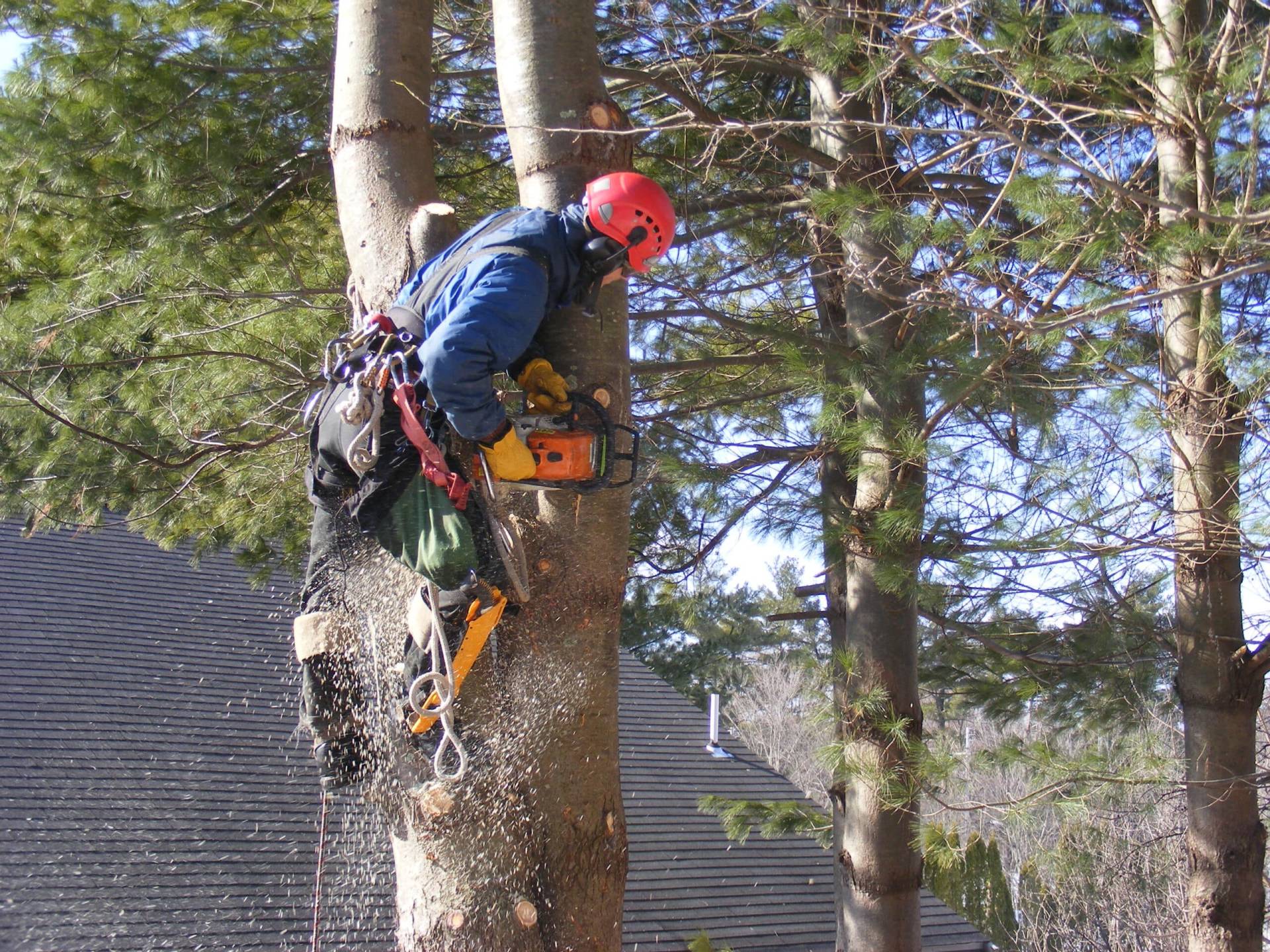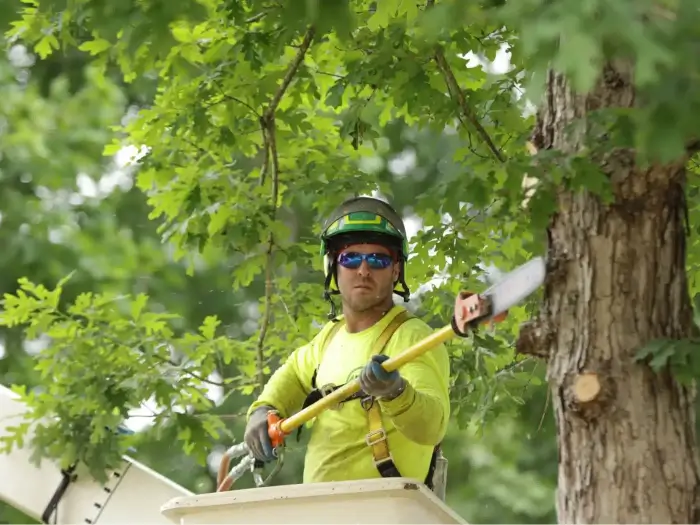Comprehending the Significance of Tree Conservation and Preservation Practices in Urban Locations
In the dynamic landscape of metropolitan atmospheres, trees often stand as quiet guardians, providing a multitude of advantages that prolong much beyond their visual charm. As we explore the interwoven fabric of ecological, social, and economic advantages that urban trees provide, it ends up being evident that their preservation is crucial for the well-being of present and future generations.
Ecological Advantages of Trees in Cities
Trees in city areas play an essential function in supplying numerous ecological advantages, adding to the total health of city dwellers. This process helps lower the concentration of harmful gases, making the air cleanser and much healthier for citizens.
:max_bytes(150000):strip_icc()/TrimmingTreeBranchesfromBucket-0e625ea8165b4987bee7d818102a6958.jpg)
Furthermore, trees add to water management by lowering stormwater runoff and soil erosion. Generally, the environmental benefits of trees in cities are essential for developing habitable and lasting metropolitan settings.
Social Value of Urban Tree Preservation
In contemporary metropolitan landscapes, the preservation of trees holds significant social significance for fostering neighborhood wellness and improving quality of life. Urban tree conservation plays a vital function in creating areas for social interaction and area interaction.

Economic Value of Tree Preservation
The preservation and preservation of city trees use considerable financial benefits that add to the general financial well-being of cities and areas. Urban trees give a large range of financial benefits that favorably affect local economies. One considerable economic benefit of tree preservation is the increase in home worths. Trees boost the aesthetic allure of neighborhoods, bring about higher home worths and drawing in prospective customers or tenants. In addition, metropolitan trees aid reduce energy costs by giving color in the summertime and acting as windbreaks in the winter season, therefore lowering the demand for heating and cooling systems.
Furthermore, trees play an essential role in minimizing stormwater drainage and minimizing the results of flooding, which can cause expense savings for cities in terms of infrastructure upkeep and fixing. Urban trees additionally add to boosted air high quality by taking in pollutants and launching oxygen, bring about potential savings in medical care expenses connected with breathing illnesses. By acknowledging and investing in the economic worth of tree preservation, cities can promote lasting advancement, enhance quality of life, and develop more resistant city settings.
Methods for Sustainable Urban Tree Monitoring
An extensive approach to lasting metropolitan tree management includes integrating varied methods that focus on long-lasting ecological health and neighborhood health. Implementing tree stocks and evaluations is essential to comprehend city tree populaces, their wellness, and maintenance requirements.
Neighborhood involvement plays a pivotal duty in sustainable metropolitan tree administration. Enlightening homeowners about the benefits of trees, organizing tree planting events, and involving volunteers in tree treatment activities promotes a sense of ownership and stewardship. Cooperation in between next local government, environmental organizations, and homeowners is essential to establishing and implementing effective tree monitoring plans.
Buying green infrastructure, such as green roof coverings and urban forests, can give numerous advantages, including improved air quality, stormwater management, and city warmth island mitigation. Tree service guilford ct. Incorporating trees right into metropolitan planning and design procedures ensures that trees are valued as important components of a resistant and healthy and balanced city atmosphere
Community Participation in Tree Conservation
Community participation is an essential component in fostering sustainable city tree monitoring practices and making certain the long-term wellness and preservation of urban tree populaces. Involving the neighborhood in tree conservation efforts can result in raised awareness, gratitude, and stewardship of trees within metropolitan areas. When citizens proactively join tree growing, conservation, and maintenance initiatives, they develop a feeling of ownership and pride in their local atmosphere.
Community involvement additionally promotes social communication and collaboration among residents, regional authorities, and ecological organizations, promoting a common duty for urban tree preservation. By organizing tree growing events, academic workshops, and volunteer possibilities, communities can interact to boost the urban tree cover and develop greener, much healthier cities. Furthermore, entailing residents in decision-making processes pertaining to tree monitoring ensures that varied viewpoints and local knowledge are thought about, leading to a lot more sustainable and efficient preservation practices. tree removal. Ultimately, neighborhood participation plays a critical role in building resilient and flourishing urban forests for future generations to appreciate.
Final Thought
Finally, urban tree conservation and conservation practices play an important duty in boosting the environmental, social, and financial wellness of cities. By recognizing the worth of trees in metropolitan areas and applying lasting management approaches, areas can delight in the various benefits that trees provide. It is crucial for stakeholders to proactively join tree conservation efforts to ensure a greener and much healthier urban setting for future and existing generations.
